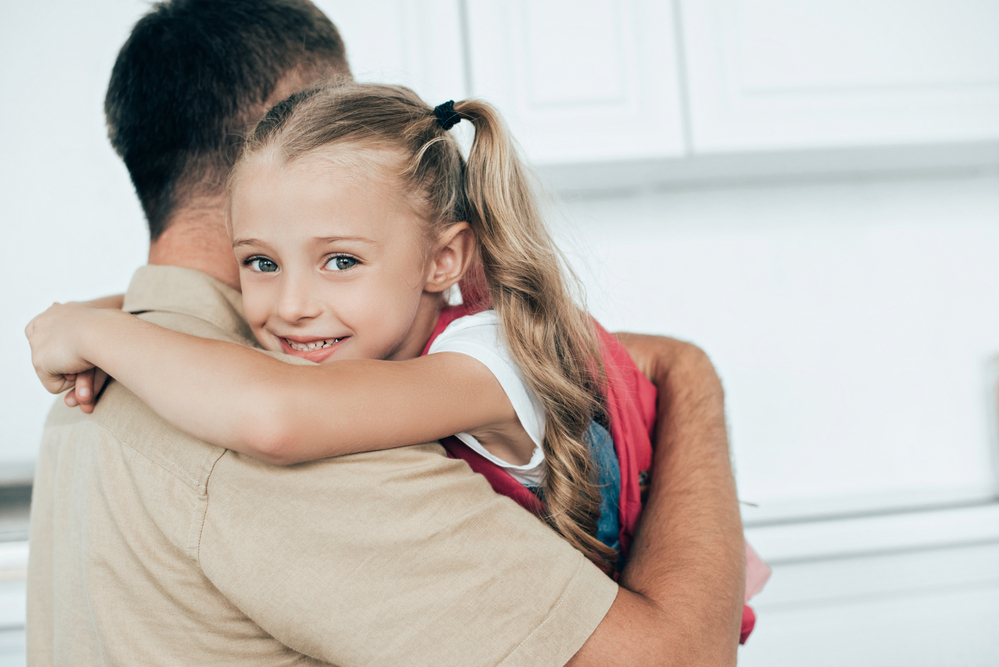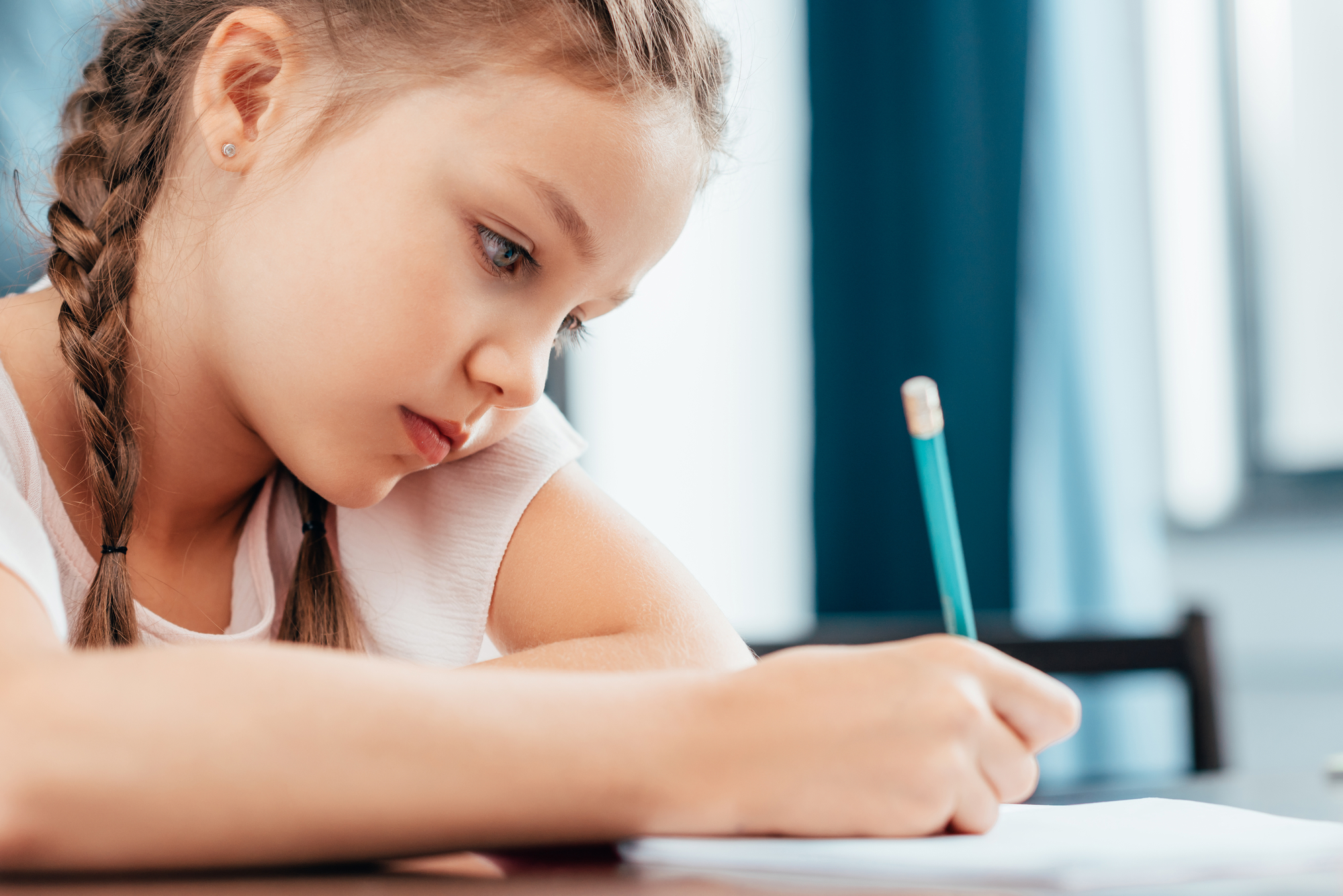Starting the new school year can be very exciting, but for many kids it is also a time of transition which can leave them feeling worried and unsure. Back-to-school anxiety is very normal and can occur at any age, whether it be in kids returning to school after a break or for children who are about to start to school for the very first time or even those children moving to a new school. Some worry about the unknow elements, what will a new grade or class be like? Will my teacher be nice? Who will I set with at recess? Many children also worry about their skills and abilities and how they will successfully function in the school system. Regardless of the reason, parents and caregivers can help support the transition back to school by learning how to recognise signs and symptoms and by implementing some creative strategies.
So how can I spot back-to-school anxiety in my child?
Worries about returning to school are normal, but it’s important not to ignore the signs. Children often don’t have the words to express themselves “Mum I’m feeling really worried about starting at a new school, what if I don’t meet anyone who wants to be my friend?”, instead the cues lay in their behaviour, some particular behaviours to watch for (which may signal worries/anxiety) are:
- Clinginess – if our children don’t have the words to fully express themselves, they might revert to clinging or being close to you for support. They are essentially using their bodies and proximity to you to seek comfort. Parents are caregivers are usually a source of safety and security so kids might want to be close if they are worried. If your child is specifically worried about relationships and friendships in the context of education then they might revert back to using you as their “safe base” or a secure sense of connection until they identify friends or a stable social group.
- Psycho-somatic symptoms (physical symptoms impacted by internal stress like anxiety or fear). These kinds of symptoms show up as sore tummies, nausea and headaches. When we feel scared or under threat our body experiences a fight, flight and freeze response to help us get away from or fight off the danger. Of course, school isn’t “dangerous” but when our kids worry or are scared, they can still experience this reaction. When we get into fight, flight and freeze mode our hearts beat faster to get more oxygen around the body, and to get more blood into our arms and legs (so we can run faster), our muscles tense (prepared for quick action), we breathe faster (to get more oxygen into our blood for our heart to pump around). This can leave us feeling dizzy, nauseous with tense muscles which can cause sore tummies and headaches. Your child might not be able to tell you they are scared, but their bodies will certainly give you some clues to keep an eye out for!
- Big feelings/outbursts. When we bottle up feelings they can build up and then escape or burst out at strange times, i.e., the feeling or response is quite intense for the event occurring at the time, or the feeling doesn’t quite match the situation. All feelings are normal and natural, we don’t want to shut down or rush these feelings away, but as a parent you will know your child’s usual patterns of responding to things, or their usual “go to emotion” when they are challenged. So, if you notice that the way they emotionally engage with the world seems to have changed it might be that they are holding onto some worries which are bursting out in other ways.
- Changes in eating/sleeping. Anxiety or worry can often be associated with swirling thoughts and intrusive thoughts that just won’t go away and can make it hard to settle to sleep or stay asleep. This, along with the fight, flight, freeze response can impact on sleep. Children can either end up struggling to sleep, or can feel so exhausted from the constant thoughts, and worries, as well as the exhaustion after a period of fear (fight, flight freeze) can cause them to be overly tired and sleeping more often than usual. As above, if they are feeling nauseous, they might not feel up to eating, or they might use eating to distract or comfort themselves. Any changes in eating and sleeping (from usually patters) should be monitored closely.
- Keyed up (restless, hard to concentrate, fidgety) – you might notice your child pacing, tapping, jiggling, unable to settle to a task or getting distracted and unable to concentrate. This can be due to the racing thoughts competing and making it hard to stay on track, or it could be pent up energy from the fight, flight freeze response that needs to exit the body.
These are symptoms of how back-to-school anxiety might present, but this is very different to a diagnosis of anxiety. The difference is that back-to-school anxiety is time limited and situation driven, meaning that the worry will come to an end soon, because they are worrying about a specific event or situation which will shortly resolve. However, anxiety is a set of persistent symptoms that don’t resolve once class starts, so its important to continue monitoring your child’s wellbeing and if you notice a marked change from usually behaviour, that persists and is impacting on the quality of the life and ability to engage in things they would usually be able to do, or enjoy please seek support from a trusted health professional.
References
Anxiety Disorders Association of America. (n.d.). Anxiety disorders in children and teens. Retrieved February 11, 2009, from http://www.adaa.org/GettingHelp/FocusOn/ Children&Adolescents.asp
Wagner, A. P. (2005). Worried no more: Help and hope for anxious children (2nd ed). Rochester, New York: Lighthouse
Rachel Tomlinson is a registered psychologist who has worked with adults, families, and children (birth through eighteen years old) in a variety of settings. She has presented at national conferences on mental health topics (including trauma and play therapy) as well as guest lectured about domestic violence and relationships at colleges and universities. She also serves as a subject matter expert for journalists on topics such as parenting, child development, and relationships. She resides in Perth, Australia.









